
Software engineering is an umbrella term for a multitude of strategies and approaches to software & web development. The people who work in this field are known as software engineers.
They’re the ones who design, develop (write the computer code), test (alongside quality assurance professionals), deploy, and maintain computer software. The more commonly used term which you’re surely familiar with is programmer.
However, software engineering is distinct from simply coding software, because it’s a structured process with many steps.
Each step is vital for making sure that the assessment, definition, measurement, implementation, management and possible changes of the software are to specification. This is true whether software is being developed for in-house use, or for a client.
All right, but what is software engineering in the real world? Well, software engineering includes modern practices such as DevOps, software versioning, distributed version control, branching, peer review and quality assurance.
- DevOps – a work culture that brings development and IT operations together. Instead of separating efforts and siloing teams, DevOps promotes cross-functional collaboration, Agile workflows and faster delivery of IT products.
- Software versioning – assigning a unique name or version number to a computer software iteration. This type of revisioning is used for tracking progress and changes.
- Distributed version control – a better form of the practice above, where the codebase (all of the used source code) of the project is replicated on the machines of each engineer. The industry term is having a local repository of the global repository.
- Branching – after changes are made to the locally copied version of the global repository, they’re pushed to a “branch”. An isolated “space” that’s either cloud-hosted, or stored on the data center of a company.
- Peer review – on the branches described above, senior developers check the work of their colleagues and suggest improvements if needed. Even the work of multiple programmers can be merged on the same branch.
- Quality assurance – additional testing done by QA experts once the developers declare their work as finished; performed on specific “staging” branches. Further debugging or improvements almost always follow QA.
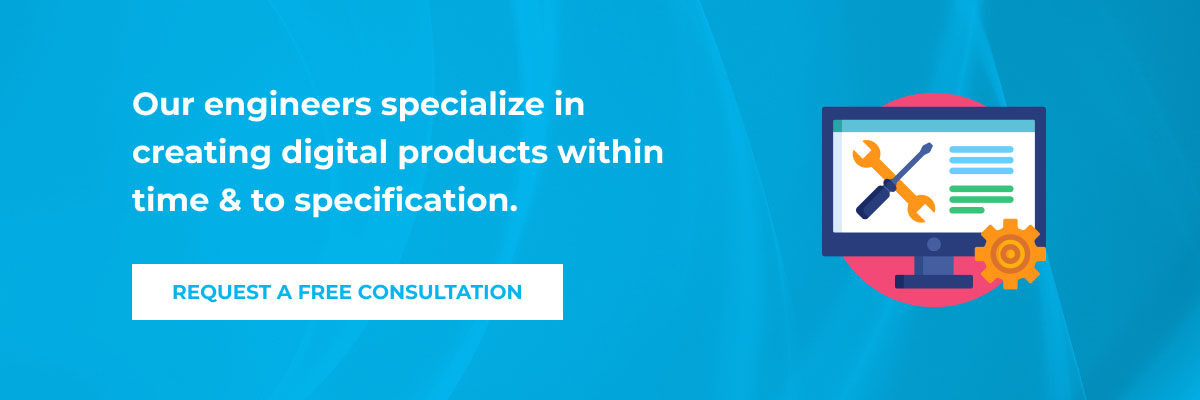
The entire process works best when staff are using GIT and Atlassian Bitbucket to coordinate and hasten their efforts.
If you’re interested in a Bitbucket acquisition & implementation for your organization, simply get in touch with us (form’s at the bottom of the page). Alternatively, you can outsource software engineering to our experts. Just sit back and let us worry about the technicalities.
Lastly, if you prefer calling all the shots yourself, we offer extensive IT staff augmentation. Our professionals, directly in your team, under your leadership, for a set amount of time agreed through a contract.
Table of Contents
- Software Engineering – The Details
- Software Engineering – The Crisis
- The Software Development Process
- 7 Reasons for Software Engineering’s Popularity
- Common Software Engineering Challenges
- 7 Traits of Great Software
- The 3 Types of Software Engineering
- What is a Software Engineer?
- What Does a Software Engineer Do?
- What is a Software Engineer? 2 Common Types
- The Usual Skills of a Software Engineer
- Let’s Build Your Software
What is Software Engineering? The Details
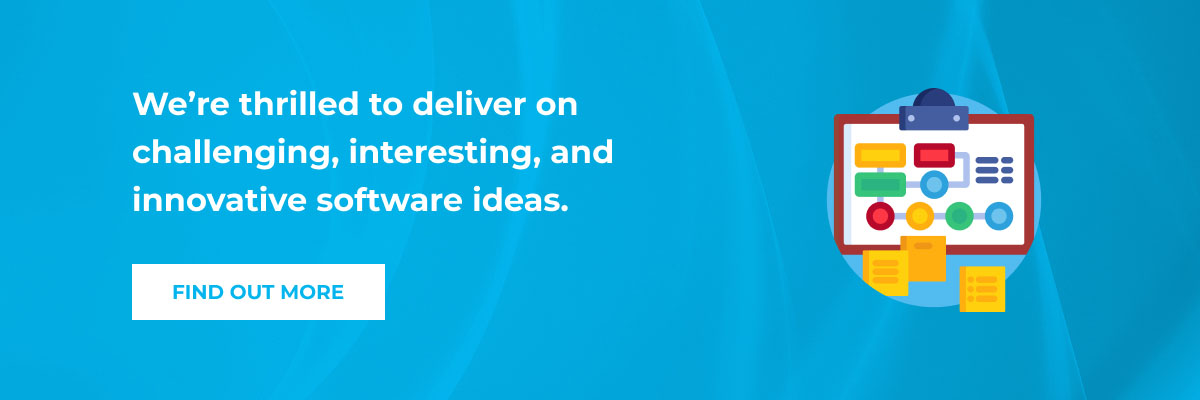
There are 2 key takeaways:
- Software is an IT product. A collection of computer code and commands that’s built to precise requirements and fulfills a specific job.
- Engineering is the practice of creating a new product by using the best practices, strategies, planning and methods available in that field.
So, software engineering is the application of high-level engineering & management practices to specific tasks that happen during the creation of new software.
At the same time, one of the guiding principles of software engineering are user requirements. Software can only be deemed “good” or “bad” depending on the interactions that end users have with it.
To that extent, software engineering also involves rigorously testing any software product before it reaches its intended market. The practice includes ongoing maintenance, updates, and patches too, with a focus on driving a positive user experience.
Software solutions can be built in a lot of ways. Depending on what a specific piece of software has to do (whether it’s a computer program, a mobile app or a web app), it’ll use a different programming language. Popular programming languages include:
- Python
- PHP
- C
- C++
- C#
- Java
- JavaScript
- Visual Basic
Each programming language has its own upsides and downsides. Depending on project requirements and sometimes developer preferences (if it’s being done for in-house use), the software will work based on different languages.
Similarly important is the availability of an IDE (integrated development environment) for that language. Basically, an IDE allows software engineers to take “shortcuts” when developing.
Think of it like this: instead of having to put together the handle and the head of a hammer yourself, an IDE is the “toolbox” that already has a ready-to-use hammer. IDEs expedite the entire process with templates, popular features already coded, integrations etc.
What is Software Engineering? The Crisis
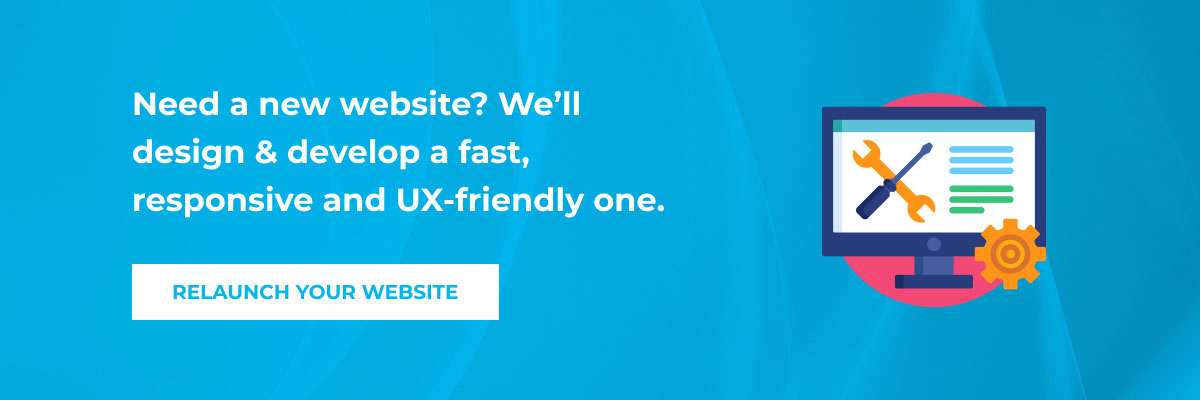
Software & web development wasn’t always done the way we do it today. In turn, that created a lot of efficiency problems. In the 1960s, as a lot of software projects kept failing to deliver on their promises on time and were going over budget, the world faced an IT crisis.
It was during this time that the term “software crisis” was coined. Essentially, a software crisis defines a period where writing any sort of actually useful computer program needs an overwhelming amount of time and other resources.
Ironically, this problem was caused in the 60s by the rapid innovation which was taking place.
Computer power was evolving and allowing for more complex operations, but the developer’s knowledge of using those systems wasn’t up to par.
The world now had the capability, the hardware, and the machines for which to create amazing software; but not the ability to do so. They didn’t have software engineering principles. For example:
- Projects weren’t respecting their deadlines AND were going over budget.
- Despite having the necessary hardware, software was still of pretty low quality, cumbersome, and not user friendly.
- Developers would often use spaghetti code; hard to maintain, unstructured source code which not even the creator might be able to use effectively down the line.
- Sometimes, software projects would outright fail – nothing would be delivered.
As more and more customers weren’t satisfied with what they were getting, there was a shift in direction. That’s why nowadays we use a software development process for any software project, as well as software quality management.
For example:
- Procedural programming.
- Object-oriented programming.
- Agile methodologies.
The Software Development Process
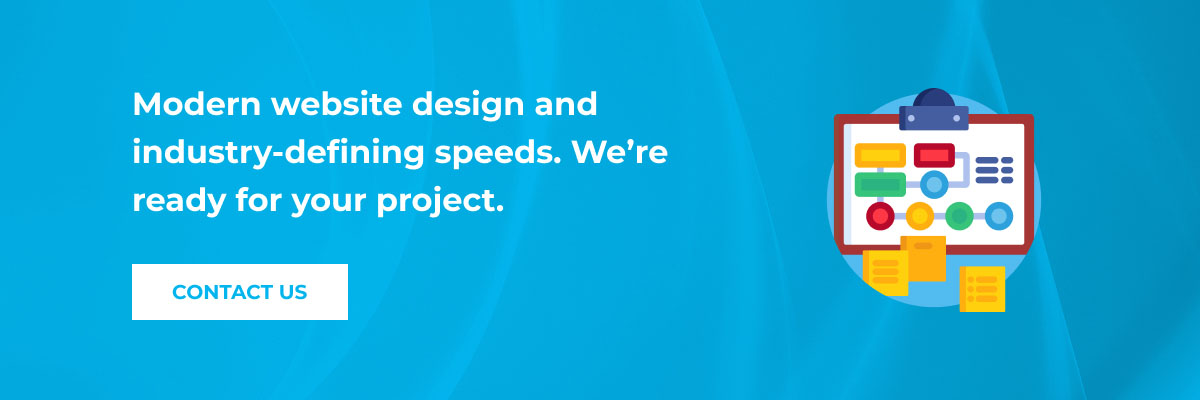
Creating software from scratch or even building on top of an existing foundation is no small feat. That’s why modern businesses break up workloads into smaller steps with software engineering. Some steps happen in parallel, while others are sequential.
Long-term, these Agile software project management habits improve the entire lifecycle of the product. One of the most common modern practices is defining SMART objectives for different phases of the software project.
If you don’t assign clear, specific, measurable and achievable goals, you’re not going to have impressive deliverables either.
Additionally, the Scrum software project management framework introduced another innovative concept: development sprints. A sprint is a short timeframe (usually 2 weeks) in which development teams only work on a few features.
Once they’re done and go through QA, they’re submitted to the relevant stakeholders for analysis. Rinse and repeat. That’s how you do proper software engineering.
Scrum also emphasizes manageable workloads, higher employee morale, constant sets of deliverables (so stakeholders are happy), daily 15-minute meetings and retrospective at the end of sprints.
Organizing a workflow in this way assures that the quality of work not only remains consistent, but that it’ll actually improve as time goes by. Furthermore, the progress of a software project organized via Scrum can be tracked on Scrum boards, or with a Scrum + kanban approach.
Basically, these are visual boards (via software solutions such as Jira Software) where tasks are ordered in a few columns. For example, you could have 6 of them:
- Backlog
- In Progress
- Code Review
- QA
- Client Review
- Done
Scrumban empowers trackable, transparent and simple task allocation (through visual “issue cards”), while enabling collaboration with on-card comments, @tags and task interlinking. It’s the best idea when you want to develop quality software products fast.
What is Software Engineering? 7 Reasons for Its Popularity
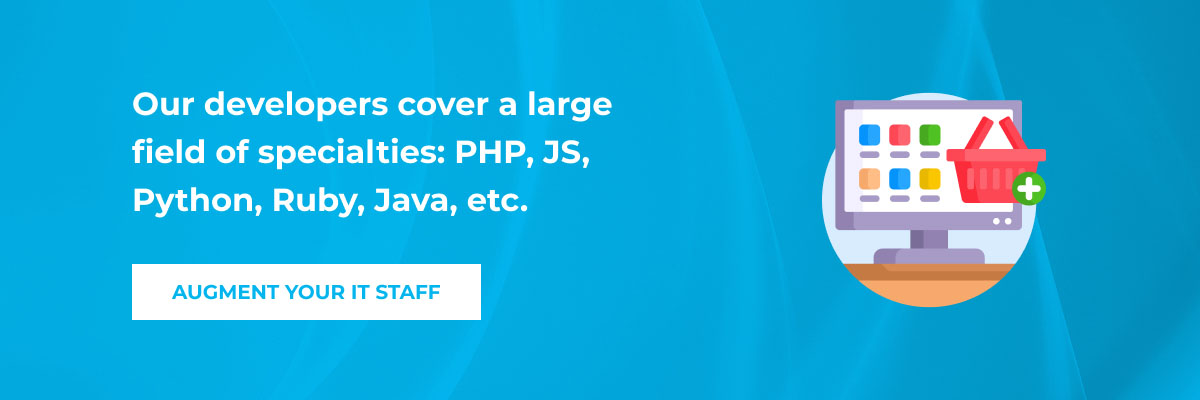
Besides the reasons mentioned above, software engineer has also become widely adopted because:
It’s Great for Complex Software
When your software product has to perform complicated functions, it is nearly impossible to just “brute force” the development project (as it was demonstrated in the 1960s).
Software engineering encourages cross-functional collaboration and splitting work in “bite-sized”, achievable pieces.
It Keeps Down Costs
Software engineering doesn’t just create new IT products; it starts by understanding the target audience and their needs. The resulting software is done to specification, following Agile workflows and DevOps techniques.
Software engineering has a fixed scope, which helps it avoid rigid & unfavorable pricing. What’s more, software products can be launched with essential features only, with others being added on top as time goes by.
This helps minimize upfront costs and promotes long-term plans.
It Offers Scalability
Software engineering is a repeatable and standardized process. Because it follows an established procedure, its concepts can be applied to both small-scale and large-scale projects.
Thanks to that, software engineering offers businesses a great opportunity to expand and grow. Instead of worrying if IT & dev teams can sustain new projects, leadership departments that use a software engineering process only have to focus on getting new clients.
It Favors Agile Work
The reality of IT markets is that you have to be dynamic in order to be competitive. Fast-paced results are the choice of most customers and clients nowadays. If you lag behind, you’ll stay behind.
Software engineering empowers development & IT teams to handle multiple projects at the same time.
Because of the dynamic nature of software engineering, people can adapt to shifting deadlines, new feature requests, cross-functional teamwork and more.
Similarly, because the overall process is standardized, it also allows for a greater variety of software to be developed. That’s thanks to software engineering promoting a multidisciplinary work environment where there’s at least 1 specialist per field.
Additionally, software engineering improves the engagement between colleagues, and between the company and its clients. As more trust, transparency and open communication forms, everyone’s morale and efficiency goes up.
Overall, clutter is reduced and the focus is re-shifted on the truly important parts (e.g.: instead of 5 long documentation documents, the team uses only one that’s shorter, better and more concise, without compromising information).
It Values Individual Skill
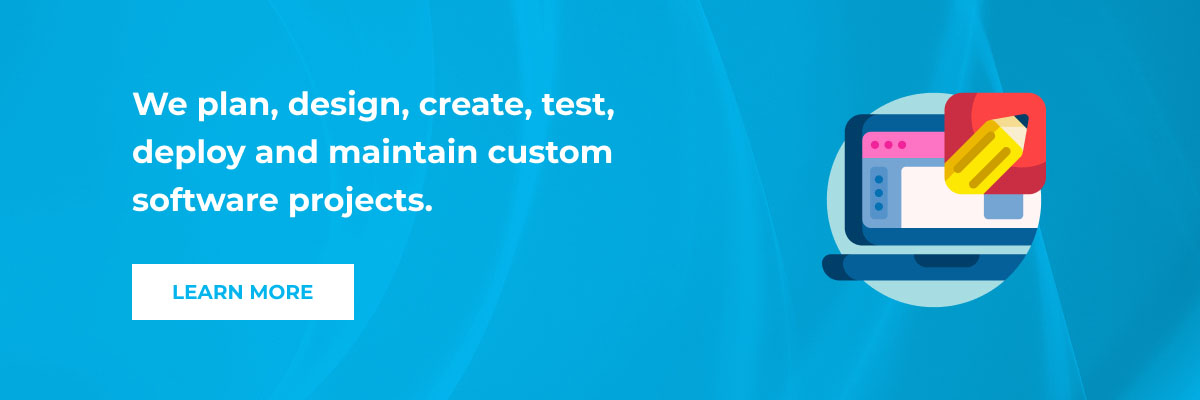
A core part of software engineering is maximizing everyone’s time. This extends to how tasks are allocated throughout teams.
Instead of forcing people into roles or assigning work randomly, software engineering encourages truly understanding who does what better. It’s important to remember that at the end of the day, people are just…people.
Even if 2 employees are hired on the same position, they’ll still have personal preferences and be more skilled at different things.
It’s pointless to waste efficiency by rigidly forcing staff into tasks where they don’t perform as well. Instead, letting developers choose their workloads can yield better results. Mentors are also a great idea, so that teams continuously develop.
It’s Adaptable
Software engineering isn’t exclusive only to the X programming language, or the Y set of skills. Its best practices are applicable to a variety of environments, projects and work cultures.
Simply put, it’s currently the best approach to software & web development.
It Streamlines Quality Assurance
Software engineering makes testing & QA a core part of the process. Because of the dynamic and cross-functional nature that work takes, it’s way simpler to integrate dedicated QA steps.
Moreover, software quality management becomes twofold: peer review + dedicated quality assurance. In the first stage, the code is reviewed by a developer’s colleagues. Usually, a senior will handle the check, but it’s not always a definite rule.
If the developer who has worked on the code is a senior themselves, or they’re a highly skilled mid-level dev, then an equally skilled coworker can also review the code.
It’s pretty straightforward. Once the coding is done on the local machine of a developer, it’s pushed to an online-hosted platform (either via cloud or data center). There, others can offer suggestions, comments, advice, and so on.
That’s actually a big reason why working with GIT and a hosting solution like Bitbucket is essential. Software engineering is a collaborative process, and those tools enable collaboration.
After the code is reviewed on its own branch, it gets merged with all other present branches into the staging branch. The staging branch is where additional tests and “bug hunting” is done by specialized QA professionals.
If everything checks out, the staging branch is pushed to the “master” branch, which is eventually published to the global repository. And so, the codebase of the project is updated, and all developers on that project are informed automatically.
What is Software Engineering? Common Challenges
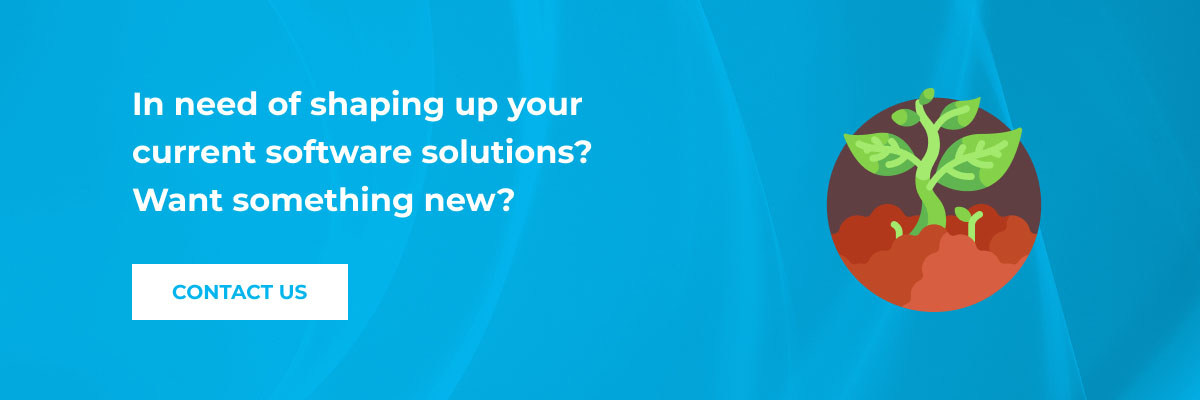
Software engineering (as an idea and a practice) has so far been keeping pace with the increasing demands of consumers, customers and clients. Thing is, expectations go higher and higher each and every year.
It’s expected for companies to deliver increasingly impressive software, but at the same pace (or even faster). This demand for seemingly unrealistic turnaround time can cause distress and disarray in underprepared software engineering departments.
To add on top, new software can’t just iterate forever. Eventually, the market will want new & innovative solutions to overtake the old ones. And complexity is hard to achieve.
Diversity in software development is another big challenge, as we’re no longer in the 60s. Windows, Mac, Android, iOS, Linux, etc; software has to either be natively made for a platform, or it has to be expertly ported to it.
Thing is, software engineering teams have to succeed directly with the first public release. Releasing a buggy product with the promise of future fixes is a marketing & PR nightmare.
What’s more, if the software was made for a safety-first niche (medicine, power plants, city infrastructure, vehicles, etc), you can’t just “fix it later”.
If a patient is waiting for an important blood test result that depends on your software, “we’ll have to do it again; the machine gives false positives sometimes” is not an acceptable response. Software engineering requires companies to be accountable, ethical and quality-driven.
If you’re looking for a customer-first software engineering company, you’ve found us. At Wesrom, we pride ourselves with our strong work ethics, and strive to help other ethical organizations improve the world each and every day.
We also offer a full range of digital marketing services, so we’ll cover all of your bases.
7 Traits of Great Software
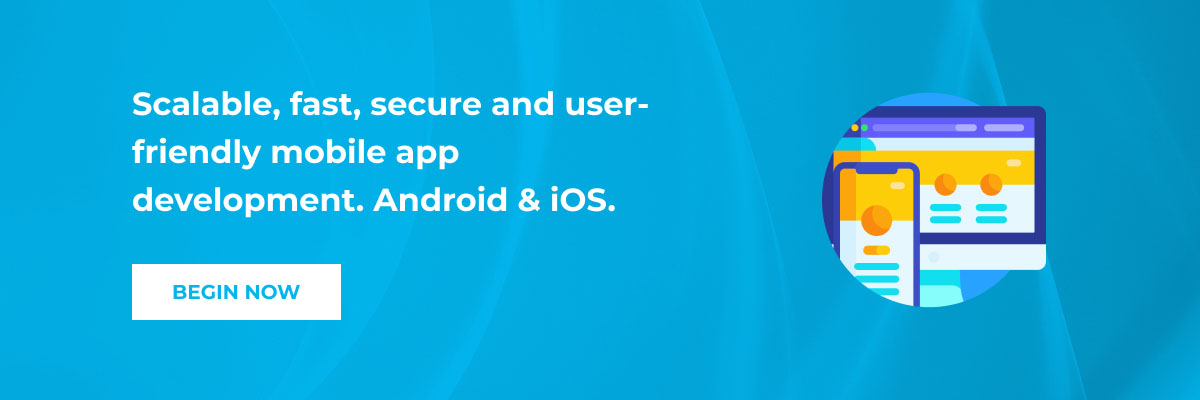
Not all software is made equal. First and most important of all, because software can have wildly different purposes. Nowadays, you have software in the form of:
- Computer programs.
- Mobile apps.
- Smart watches.
- Medical software.
- Smart cars.
- Military software.
- Smart TVs.
- Smart kitchen appliances.
- Artificial intelligence
- Etc
So, realistically speaking, you can’t really draw a line in the sand and say with 100% accuracy that “good” software must definitely have the XYZ characteristics. Still, it’s obvious that some conceptual and design ideas should be integrated in any piece of software.
For example, in a broad sense, any software should be efficient, reliable and maintainable. However, not all software should be robust. Let’s say you’re making a children’s toy that has a few voice commands.
It’ll only need a few lines of code that control when those voice lines trigger. It is pointless and completely unneeded to make it overly complex. In fact, it would confuse its target audience (children).
However, from a software development standpoint, some traits should be prioritized regardless of the end goals. These are criteria that will be appreciated both by programmers, as well as end users. For example:
Optimization
All software needs hardware that’s capable of running it. This can be a very finicky choice though. It’s useful to have minimum hardware requirements that are pretty low.
But, that might also mean that the full capabilities of the software aren’t too impressive either.
The “money-making” trick to having feature-rich software is also optimizing it for lower-end machines. Similarly, optimization also involves learning the true potential of the hardware for which you’re developing.
If 2 pieces of software are made for the same hardware, but 3 years apart, the second attempt should run way smoother and faster.
User Experience
Truly great organizations realize that it doesn’t matter how good their software is if their audience can’t figure out how to use it. Simple software should have intuitive sections, buttons, menus, categories, etc.
More complex software should offer users either an optional or mandatory (depending on the case) tutorial, a documentation, or both.
Consistency

What is software engineering if not the practice of delivering amazing software products? This is a two folds responsibility:
- Software needs to have the same performance over its entire lifespan and number of uses (ideally, updates would even make it better).
- The software you’re developing as an organization has to be of at least a consistent quality (again, ideally it’d improve in time).
This simple characteristic is going to influence how your audience views the software; if it’s dependable or not. Many times, if software doesn’t work as intended “out of the box”, it’ll be dropped and replaced with other solutions quickly.
What’s more, bad software will also cause long-standing brand damage. For quite a while, you’d become the company that made “that one subpar software product”.
Maintenance
Some like to joke that the real work begins only after the 1.0 release of a software product. That saying got traction because it can definitely feel that way. Remember that launching software is just throwing your vision on the matter out in the free market.
In order to make it truly great though, you have to listen to your customers or clients. Are you able to evolve your software as time goes by? Update it to meet new feature demands?
If not, then you should get help from software engineering experts. You probably won’t get it 100% right from the get-go. Some bugs are going to escape QA. That’s just the reality of it.
How you react to those realities and how quick your fixes are though; that’s what’ll set you apart from the competition. With our help, you’ll become one of your field’s go-to providers in the minds of your leads in no time.
Scalability
Whenever possible, software should also be created to support growth in time. For example, if you’re an SaaS SMB, it’s understandable if you’re not reaching for the stars with your product straight away. You don’t have a list of clients, so it’s riskier.
However, it can also be a mistake. The software market is pretty saturated; you have to bring innovation, ingenuity and uniqueness in order to stand out, true. But, your solutions also need to be able to work at scale.
You can’t try to sell to enterprises if your product can’t even support at least hundreds or users. And that’s where the true profit lies (in enterprise sales).
Sure, you could limit yourself to only targeting smaller businesses for the first few years, play it safe. Selling should go smoother that way anyway since you’re just starting out and don’t have a portfolio to show off.
Just remember that if you’re looking to expand significantly, you’ll need to improve your software first.
Portability

It’s very useful and helpful to create software that works on many types of operating systems. For example, you could be missing out on a great number of leads because you’ve developed just for Windows.
Investigate how difficult it’d be to port to Mac, Linux, or even mobile devices.
Security
What is software engineering without great security features? We’ll tell you: nothing. As the years have gone by, data privacy and information security have become very important topics. If your software can’t guarantee them out of the bat, you’ve already lost.
This is especially true if you’re selling an SaaS, or a product where sensitive information is going to be stored.
For example, imagine the irreparable damage done to your brand image if a banking software is proven unsecure. Or, if a corporate software user access restrictions don’t actually work. So on and so forth.
Bottom line: if your software isn’t 100% secure, you shouldn’t even be trying to sell it yet. It can only backfire and damage your future sales and PR efforts. Bad news travels way faster than good news, as do complaints vs praise.
What is Software Engineering? The 3 Types
Proper software engineering takes a lot of things into consideration to deliver a final product that’s impressive. In order to help software engineers avoid burnout though, it’s best to structure the process into 3 distinct parts.
These “types” of software engineering will ensure that software engineers focus on only a few important tasks at a time:
Operational
At this level software engineering refers to how your product interacts with the hardware it was designed for. Is it using the system’s resources optimally? Are you sticking to a lower budget, or do you have increased financing?
Operational software engineering is also the stage for designing important aspects of the software, such as its security, functionality, core features and UX trajectory.
Transitional
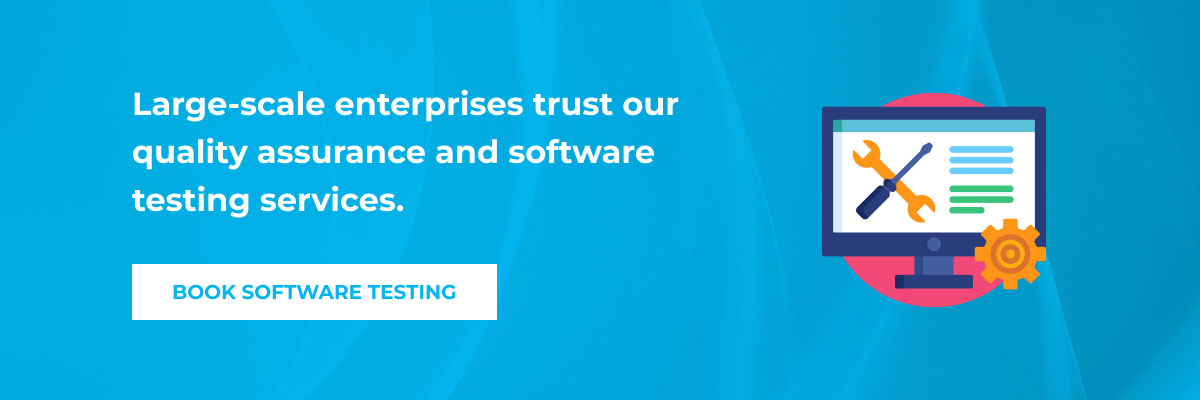
Under modern software engineering practices, developers use a distributed version control system in order to write and manage their code.
After all the needed components for version 1.0 of the software are ready, it gets tested as a final product on a staging environment.
If everything checks out, the software gets a public release. However, transitional software engineering brings another important argument into the discussion: the scale will be hugely different.
Commercial software can have hundreds, thousands, tens of thousands or even hundreds of thousands of users! The size of even a large QA department quickly becomes insignificant by comparison.
And so, transitional software engineering switches the focus on scalability. Is the software (or the servers that it relies on) flexible enough to work as intended in the real world?
Maintenance
What is software engineering without ongoing updates and patches? Regardless of how well you think your software functions, user feedback will eventually reveal that some parts need improvements.
This could mean that only small parts have to change, or that big parts have to be redesigned. It depends on each case
Bottom Line
Even though software engineering should be seen as a united process from start to finish, it’s useful to break it down into these categories. Otherwise, you can lose track of the details, the bigger picture, or both.
With so many aspects to account for (analysis, design, execution, QA, deployment, maintenance, etc), it can only take a few days of inefficiency to cause major financial or reputation losses.
What is a Software Engineer?
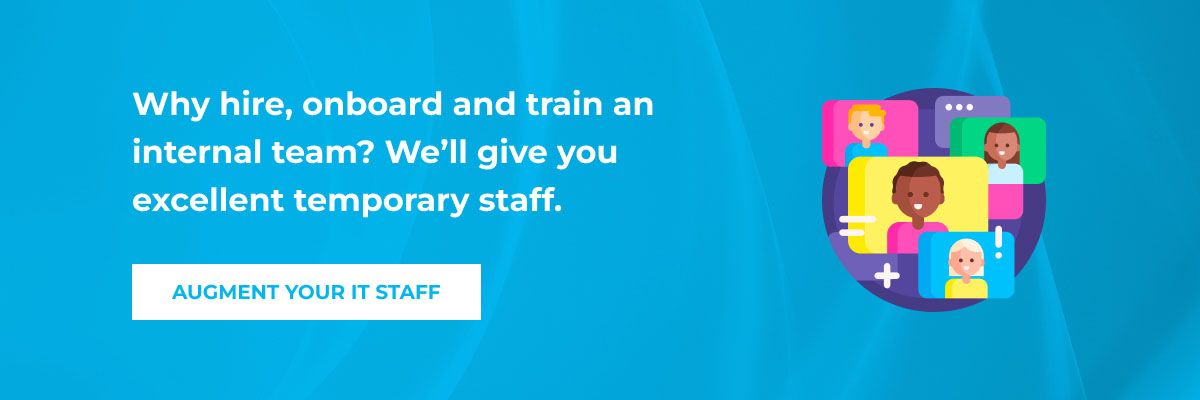
Everything we’ve described so far is handled by a team of specialists known as software engineers. The more common name by which you should know them is “programmers”. However, it’s not really a descriptive term anymore because of the whole process presented so far.
Software engineering isn’t just coding new software. It’s also about delivering great quality to customers, within specification, deadlines, and while sticking to an approved budget.
Because of that, most software engineers are going to be analytical thinkers that are always looking to optimize their work procedures. Their skill sets are going to revolve around typical engineering principles, but applied to a computer science field.
What’s more, anyone who’s developing software while combining the actual coding with DevOps, ITIL, ITSM, and/or Agile is a software engineer. They could be working on video games, SaaS, banking software, medical software, operating systems, new programming languages, etc.
It doesn’t matter, the naming would still be accurate. Broadly speaking, there are 2 types of software engineers:
- Application Software Developers
- System Software Developers
What Does a Software Engineer Do?
Because the field of software engineering is pretty large, there are many specializations that a software engineer can follow. Expertise can differ from choosing a software design trajectory depending on target hardware, to improving network security systems.
Similarly, software engineers could either work on “actual” software, or web pages. On the web app side, engineers are then also split into 3 categories: backend, frontend, and full-stack.
Backend software engineers work on the technical side of a website. They do the “behind the scene” work that makes everything run (ex: databases). Frontend developers work on implementing the UI and creating other parts that users visually interact with.
Full-stack developers do both.
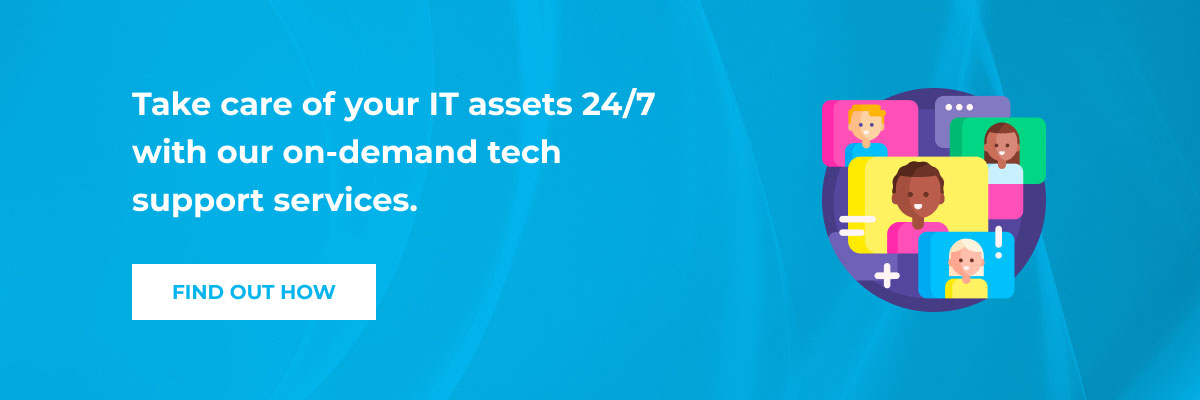
Then, you have the “true” software developers that create executable applications for desktop devices, mobile devices, or both. These have to be installed locally in order to function (like a photo editing application).
Software engineers regularly use programming languages, architectures, project management practices and other tools to create this great variety of software products.
But what is software engineering without teamwork? And so, an engineer will regularly work with their colleagues; testing their code, improving past work and bringing new feature updates.
A normal working week for a software engineer would include:
- Writing, testing and collaborating on code.
- Designing new products.
- Maintaining software-centric systems.
- Evaluating programs and development tools.
- Updating and optimizing old software products.
- Providing updates to key stakeholders.
- Team & cross-team collaboration with a number of specialists.
- Implementing feedback.
What is a Software Engineer? 2 Common Types
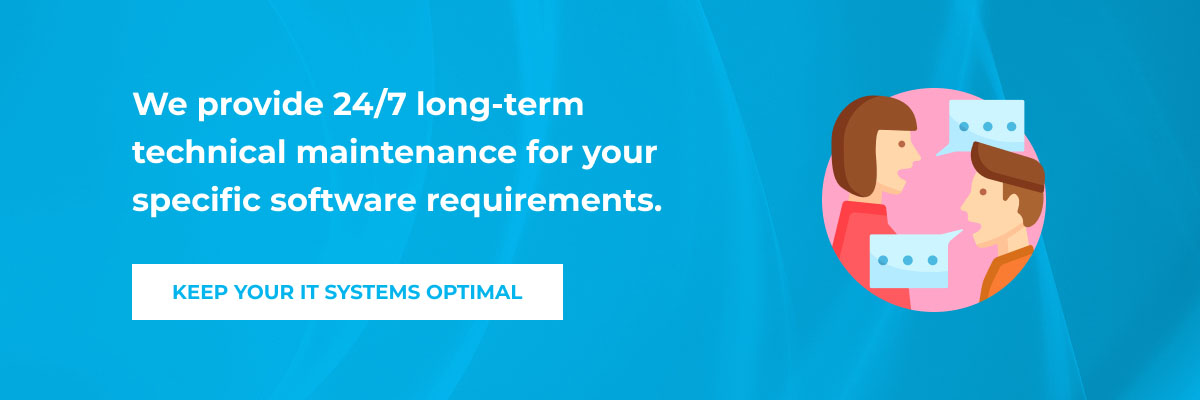
The two primary types of software engineers are system software developers and application software developers. If you’re looking for any type of software engineering experts, just reach out to us (Wesrom).
Our staff augmentation services make sure that you bypass all the hassle of recruiting new staff. Fixed contracts and time limits, vetted professionals, directly under your management.
System Software Developers
True to their name, system software developers create computer systems and networks. That’s why the more common name for them is “backend developers”. They’re the ones creating the technical infrastructure that the frontend apps then use to display their UIs and user features.
The typical duties of backend software engineers include:
- Assuring that all software components and services “communicate” with each other and work optimally.
- Create whole networks and/or operating systems for user-facing applications.
- Applying IT best practices and standards to backend architectures.
- Handling all backend software requirements, as well as the need for appropriate hardware that can run the software.
- Creating comprehensive documentation for all the software processes happening “behind the scenes”.
- Connecting and integrating frontend apps with a variety of backend services that support their functionalities.
- Maintaining and updating the software infrastructure in use. Performing complete upgrades as needed.
- Coordinating large(r) numbers of different IT experts in the process of designing and creating software from top to bottom.
- Serving as senior system architects.
- Engaging in cross-team collaboration with ITSM professionals, data science specialists, security experts, senior management and other development teams.
- Implementing new IT standards in their companies.
Application Software Developers

Application software developers work on software that’s more consumer-oriented. While they’re sometimes backend developers too, most of these engineers will be working on the frontend side of user (user-facing).
The general gist of their professions is that they directly create software that will be used by another person (whether a customer or a client). Usual responsibilities include:
- Creating applications for end-users (for Windows, Mac, Android, iOS, etc).
- Designing, developing, testing and deploying user-facing software.
- Researching requirements for projects, conducting feasibility analyses, and creating time estimates.
- Coding and releasing software updates, patches and tweaks after the 1.0 launch.
- Engaging in cross-team collaboration with designers, marketing experts, customer & tech support staff, project managers, scrum masters and other development personnel.
The Usual Skills of a Software Engineer

At their core, software engineers are computer programmers. So, their primary skills will consist of knowledge from the IT field. At the same time, the software that they’re working on is being developed to solve real issues in the real world.
Because of that, software engineers also need solid communication skills. Many projects face difficulties, delay, or even outright fail because requirements weren’t understood, or deadlines weren’t respected.
Moreover, software engineers work as part of a team. If they don’t know how to collaborate and cooperate with their coworkers, they won’t be successful.
This is immediately obvious when a team of software engineers work together on a distributed version control workflow. Communication is just such a core aspect of the process.
If people aren’t open to actually speaking with each other, then the whole ideas of branching and peer review are worthless. Similarly, DevOps professionals won’t be able to do their jobs right if they also become responsible for “forcing” information out of their colleagues.
All of the modern technologies created for software engineering revolve around staff willingly using them. Jira, Bitbucket, GIT, Slack, Microsoft Teams, Google Drive, etc; they bring no added value if they’re not used willingly.
Besides social skills and openness to collaboration, a software engineer will probably also need knowledge of:
- Programming languages (Python, PHP, C, C++, C#, Java, JavaScript, Visual Basic, etc).
- Version control, branching, code review, etc.
- Agile project management.
- Workflows based on Scrum (highlighting sprints).
- Desktop and/or mobile operating systems.
- Database architecture.
- Object-oriented programming.
- Software design, testing, and debugging.
- Cloud computing and storage.
Let’s Build Your Software

So, what is software engineering in the real world? Well, it’s a complex step-by-step process where IT specialists follow SOPs in order to deliver an amazing final product.
Software engineering is a mentality and a work culture; from start to finish, modern software development companies combine multiple best practices in order to create quality services.
For example, here at Wesrom, we’re often told by our partners and our clients that we “do the stuff no one else wants to do”. That’s just part of who we are. We like to challenge ourselves with bigger projects, bigger deliverables, bigger impact.
We look at the status quo of the industries in which we operate and boldly claim that we can surpass it. Perspective and attitude are a huge part of success, and we’re always proactive and eager to help.
Website development, product strategy development, IT staff augmentation, QA services, technical support, custom software; we do them all. And, we do them well. Whenever you’re ready to make a positive impact in your market, we’re ready to help.

From software ideation, to design, building, testing, deploying and maintenance, you can count on us to be a valuable partner. What’s more, you can freely choose your level of involvement.
Our standard is to send you weekly progress updates and monthly recaps, but we’re flexible to your needs. Alternatively, you can just outsource everything to us and forget about it. Focus only on company growth and scalability.
Since we’re also Atlassian partners (one of the biggest tech giants in the world), we can implement their solutions for your business while developing your software too.
Just let us know what you need, and we’ll take it from there. We can’t wait to get to know you!